This behavior is easy to observe in my "Maskotka" tomato plants, which this year I am growing in a 3-foot-tall wooden planter, so that they trail down towards the ground.
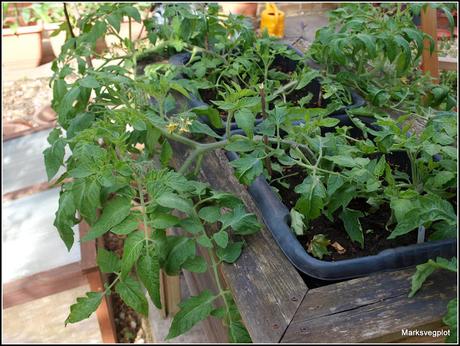
Although gravity is ensuring that the bulk of the plant cascades downwards, individual shoots still want to grow upwards.
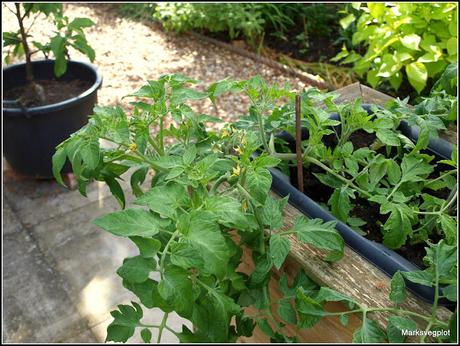
Wherever a tomato plant forms a leaf, it also produces a side-shoot between that leaf and the main stem.
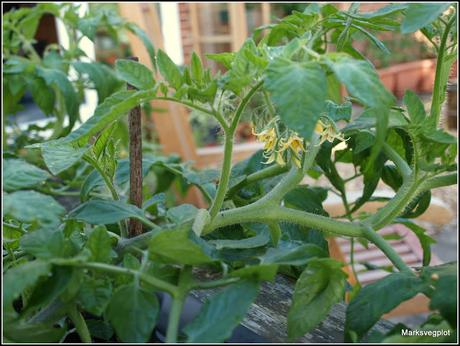
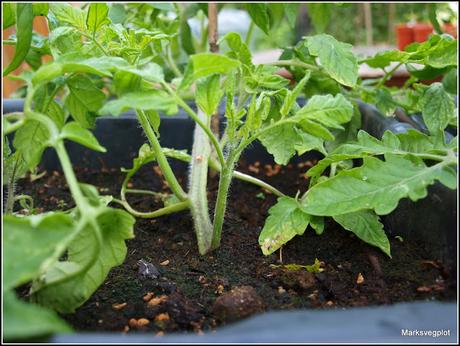
When growing a tomato plant vertically (using the so-called "cordon" method), these sideshoots are normally removed or "pinched-out". Some people call this process "pruning".
Now, imagine that the plant is NOT vertical, and the sideshoots have NOT been pinched out. What happens? The sideshoots grow vertically upwards until they in turn get too tall to support themselves and flop over. Now the best bit: where the stems touch soil, they produce roots. I have dug out an old photo that demonstrates this...
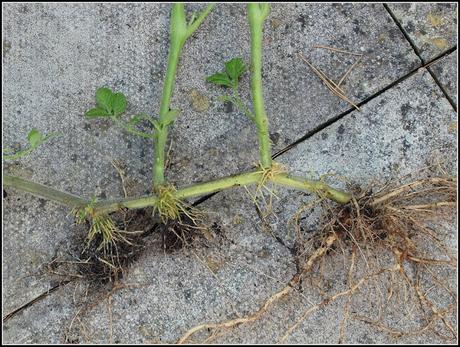
I can't demonstrate this, because I haven't done it myself, but just imagine: you grow one tomato plant in a long raised bed. When it topples over, lay it along the length of the bed and let it continue to grow. Wherever a sideshoot appears and begins to grow upwards, support it with a cane, and help it to form roots by covering the main stem with soil at the point where the sideshoot emerges. When you have got enough strongly-rooted sideshoots, you could (if you want to take this risk), sever the main stem on either side of each shoot, making a number of separate plants.
The technique I have described is known as "layering", but there is also another way to get more tomato plants... When/if you remove sideshoots, plant them immediately into moist compost, or even just place them in a jar of water. They usually root very quickly and go on to become clones of their parent plant. I did this very successfully last year.
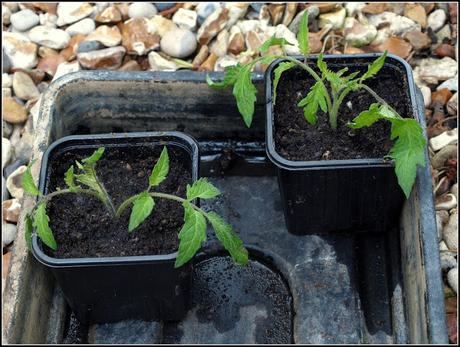
Freshly-planted sideshoots
